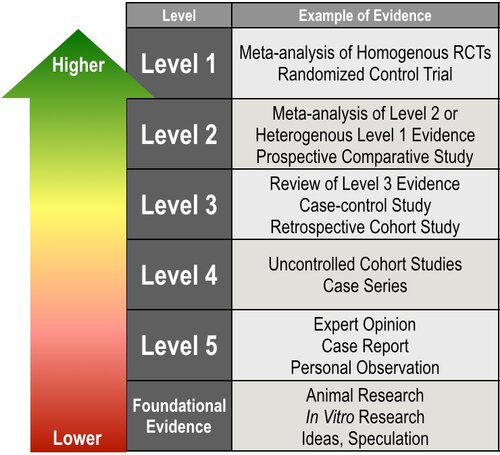Lennoncham
Chameleon Enthusiast
So I've never bred mealworms and haven't fed any for years and years. Will they readily breed without doing anything special(as you would with superworms)
yupe. You can literally have all stages of life in the same container. Which can be a real PITA to seperate.









